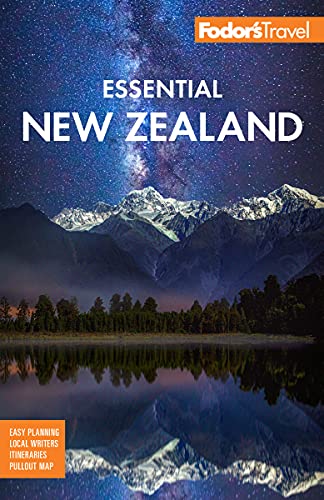Nelson Lakes National Park
Snow-covered peaks and alpine passes sit between two deep brooding, forest-surrounded lakes. Dense native forest, swampy wetlands, and tumbling rivers line the valleys, and birdlife join in a resounding dawn chorus. It's an exhilarating environment.
Two stunningly scenic glacial-formed lakes, Rotoroa and Rotoiti, are the central focus of Nelson Lakes National Park. Also in the park are rocky peaks and tussock-covered tops, glacier-gouged river valleys, and bush-lined trails. Native beech forest pours down to the lakeshores. On cloudy days, mist swirls through the trees, wetting the draping mosses. On sunny days the intense greens shine through and the birds' chorus resounds.
Of the two lakes, Rotoroa is less developed, with just a few fishing cottages, a campsite, and a lodge gathered on its northern shore. The village of St. Arnaud, at the northern end of Lake Rotoiti, is the major gateway to the park, with a small service center, accommodations, and the Department of Conservation (DOC) Visitor Center and campsites. Rainbow Ski Area, a small club field, operates nearby in winter.
Best Time to Go
Summer is the most popular time of year to visit as the weather is warm (for an alpine region), the lakes are swimmable (barely), and, for climbers, the high-alpine passes are usually free of snow and avalanche risk. Voracious sand flies, however, are a problem at any time. Bring your repellent.
Best Activities
Climb. Experienced alpinists enjoy the challenges of the high passes and summit ridgelines that lead to the highest peaks of the park. Experience is vital; some of this climbing is technical and subject to severe and changeable weather.
Kayak. Both Rotoroa and Rotoiti are excellent places to kayak. Although both lakes can attract high winds, summer conditions are usually favorable. Pick your day, pack a lunch, and leave from the jetty at the head of either lake. At St. Arnaud in summer, kayaks can be hired from the Rotoiti lakeshore. Pull up to a quiet stretch of pebble beach, where all you will hear are the birds and the breeze singing through the trees. Don’t forget your sand-fly repellent.
Ski. In winter a small club ski field welcomes visitors. Rainbow Ski Area is an hour's drive from St. Arnaud. It has basic facilities (rope tows and a café) and access is via a steepish mountain road (open June to October). There is also ski hire at Rainbow.
Walk. The park is laced with walking tracks, which center on the two lakes and range from easy 30-minute wanders to serious multiday treks deep into the mountains. In summer the longer walks are usually passable, although a cold snap can bring snow at any time to the passes between valleys. Day walks include the climb up Mt. Robert on the zigzagging Pinchgut Track, the climb to Parachute Rocks, and the lakeside walk around Rotoiti. Popular longer hikes are overnight to Lake Angelus Hut (often crowded in summer) and the three- to four-day Travers-Sabine circuit, which leads up the Travers, crosses an alpine pass, and returns down the Sabine. You camp or stay in park huts along the way.
Water Taxi. During summer water taxis work on both lakes. They save a half-day walk at the start of some longer trails, such as the Travers/Sabine circuit, and give nonwalkers quick access into the park. Remember to take everything you need with you as there are no shops, cafés, or amenities away from St. Arnaud.




